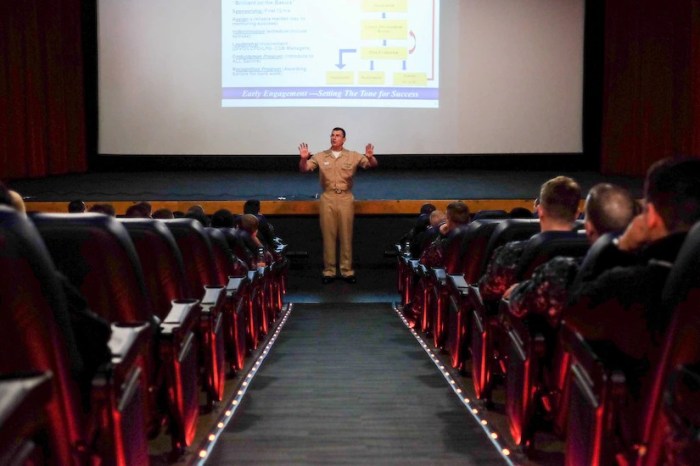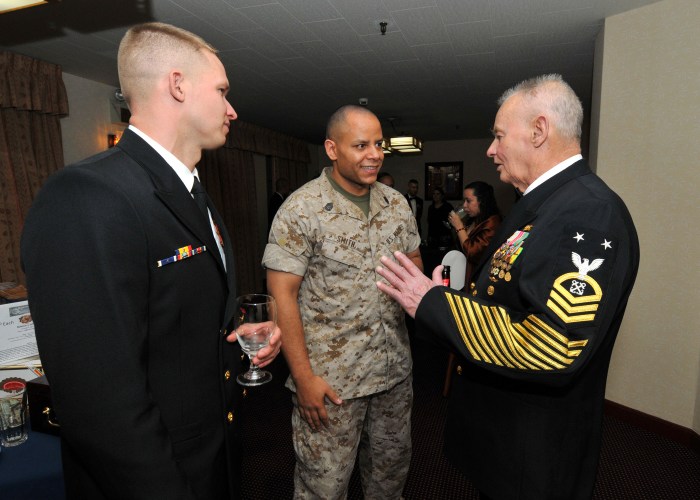Information on detailing officers and enlisted personnel provides a comprehensive overview of the distinctions between officer and enlisted ranks, their roles and responsibilities, and the career paths available to them. This article delves into the intricacies of military personnel management, offering valuable insights into the processes and strategies involved in detailing personnel to specific positions.
The content of the second paragraph that provides descriptive and clear information about the topic
Officer and Enlisted Personnel Definitions

The military workforce comprises two distinct groups: officers and enlisted personnel. Officers hold positions of leadership and management, while enlisted personnel carry out operational tasks and provide support to officers.
Ranks and Responsibilities
- Officers: Hold ranks from second lieutenant to general and are responsible for planning, directing, and coordinating military operations.
- Enlisted Personnel: Hold ranks from private to sergeant major and perform a wide range of duties, including combat operations, maintenance, logistics, and administration.
Roles and Responsibilities of Detailing Officers

Detailing officers are responsible for assigning personnel to specific positions within the military. They consider factors such as experience, qualifications, and career goals.
The detailing process involves:
- Reviewing personnel records and identifying potential candidates
- Interviewing candidates and assessing their suitability
- Matching candidates to positions that align with their skills and aspirations
Enlisted Personnel Career Paths
Enlisted personnel have diverse career paths, offering opportunities for advancement and specialization.
Training and Promotions
Enlisted personnel receive specialized training and education to prepare them for their roles. Promotions are based on performance, time in service, and demonstrated leadership abilities.
Advancement Opportunities, Information on detailing officers and enlisted personnel
- Lateral Moves: Enlisted personnel can transfer to different military occupational specialties (MOSs) to expand their skills and knowledge.
- Promotions: Enlisted personnel can advance through the ranks to positions of greater responsibility and leadership.
- Warrant Officer Program: Enlisted personnel with exceptional skills and experience can apply for the Warrant Officer Program, which offers opportunities for advanced technical and leadership roles.
Officer Career Paths: Information On Detailing Officers And Enlisted Personnel

Officers have a structured career path with defined responsibilities and advancement opportunities.
Ranks and Responsibilities
- Second Lieutenant: Entry-level rank for new officers, typically responsible for leading small units or sections.
- First Lieutenant: Responsible for leading larger units and managing personnel, operations, and resources.
- Captain: Responsible for commanding companies or other units, overseeing operations, and providing strategic direction.
- Major: Responsible for leading battalions or other large units, developing and implementing plans, and coordinating with other units.
- Lieutenant Colonel: Responsible for leading brigades or other higher-level units, managing complex operations, and providing strategic guidance.
- Colonel: Responsible for leading divisions or other major commands, overseeing all aspects of military operations within their jurisdiction.
- Brigadier General: Responsible for leading brigades or other large formations, developing and implementing strategic plans, and coordinating with other commands.
- Major General: Responsible for leading divisions or other major commands, overseeing large-scale operations, and providing strategic direction.
- Lieutenant General: Responsible for leading corps or other high-level commands, developing and implementing strategic plans, and coordinating with other services and agencies.
- General: Responsible for leading armies or other major commands, providing strategic guidance, and representing the military at the highest levels of government.
Joint Officer and Enlisted Personnel Training Programs
The military offers joint training programs that bring together officers and enlisted personnel to enhance collaboration and interoperability.
Benefits and Objectives
- Foster Collaboration: Joint training programs encourage cooperation and understanding between officers and enlisted personnel.
- Enhance Interoperability: By training together, officers and enlisted personnel learn to operate effectively as a team.
- Promote Professional Development: Joint training programs provide opportunities for officers and enlisted personnel to expand their knowledge and skills.
Case Studies of Successful Detailing Practices
Successful detailing practices involve careful planning, consideration of individual needs, and a focus on career development.
Factors Contributing to Effectiveness
- Clear Communication: Detailing officers provide clear and timely information to personnel regarding their assignments.
- Transparency and Fairness: Detailing processes are transparent and fair, ensuring that personnel are assigned to positions based on merit and qualifications.
- Career Development Focus: Detailing officers consider the long-term career goals of personnel and assign them to positions that support their growth and development.
Challenges and Best Practices in Detailing
Detailing officers face challenges in assigning personnel to meet mission requirements while also considering individual preferences and career aspirations.
Challenges
- Personnel Shortages: Detailing officers may face challenges in filling positions due to personnel shortages or specific skill requirements.
- Balancing Needs and Preferences: Detailing officers must balance the needs of the organization with the preferences and career goals of personnel.
Best Practices
- Long-Term Planning: Detailing officers should engage in long-term planning to anticipate future personnel needs and develop strategies to address them.
- Communication and Transparency: Detailing officers should communicate openly and transparently with personnel regarding their assignments and career development opportunities.
- Career Counseling: Detailing officers should provide career counseling to personnel to help them identify their strengths and aspirations.
Detailed FAQs
What is the primary difference between officers and enlisted personnel?
Officers hold leadership and management positions, while enlisted personnel are responsible for technical and operational tasks.
How are officers assigned to specific positions?
Detailing officers oversee the process of assigning personnel based on qualifications, availability, and organizational needs.
What are the key challenges in detailing officers and enlisted personnel?
Challenges include managing diverse skill sets, ensuring equitable opportunities, and addressing retention issues.